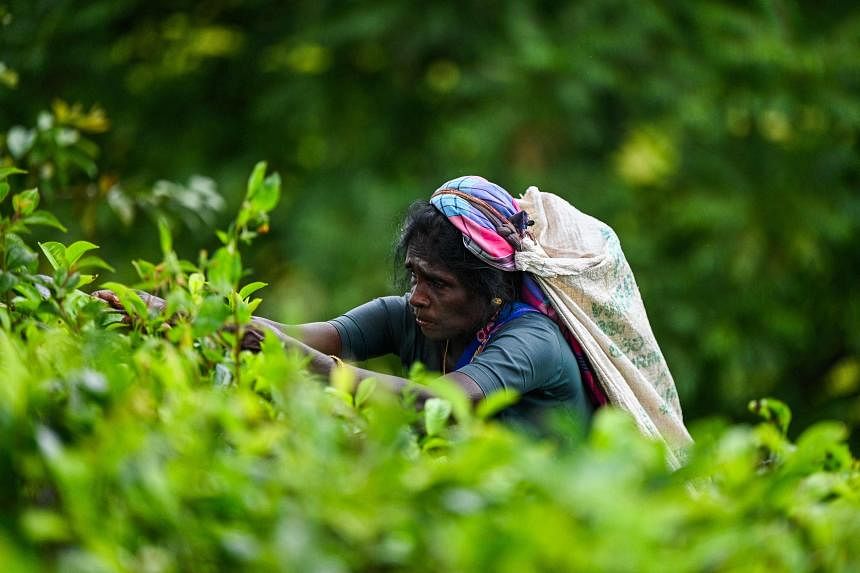ROME - Extreme heat is making some of the world’s poorest women poorer. That is the stark conclusion of a report, released on March 5, by the United Nations Food and Agriculture Organisation (FAO), based on weather and income data in 24 low- and middle-income countries.
The report adds to a body of work that shows how global warming, driven by the burning of fossil fuels, can magnify and worsen existing social disparities.
What does the report find?
The report concludes that while heat stress is costly for all rural households, it is significantly more costly for households headed by a woman: Female-headed households lose 8 per cent more of their annual income compared with other households.
That is to say, extreme heat widens the disparity between households headed by women and others. That is because underlying disparities are at play.
For instance, while women depend on agricultural income, they represent only 12.6 per cent of land owners globally, according to estimates by the United Nations Development Programme. That means female-headed households are likely to lack access to essential services, such as loans, crop insurance and agricultural extension services to help them adapt to climate change.
The report is based on household survey data between 2010 and 2020, overlaid with temperature and rainfall data over 70 years.
The long-term effect of global warming is also pronounced. Female-headed households lose 34 per cent more income, compared with others, when the long-term average temperature rises by 1 deg C.
The average global temperature has already risen by roughly 1.2 deg C since the start of the industrial age.
Flooding similarly suppresses the incomes of female-headed households more than it does other kinds of households, according to the report, but to a lesser degree than heat.
“As these events become more frequent, the impacts on peoples’ lives will deepen as well,” said Dr Nicholas Sitko, an economist with the FAO and the lead author of the report.
Why does it matter?
There has been growing attention in recent years to the disproportionate harms of extreme weather, sometimes aggravated by climate change, on low-income countries that produce far less greenhouse gas emissions, per person, than wealthier, more industrialised countries.
What is less often discussed are inequities within countries. Gender disparities are often the hardest to quantify.
“Women and girls are disproportionately affected by climate-related disasters, not only because of socio-economic disparities, but also due to entrenched cultural norms and a lack of access to resources and decision-making processes,” said Ms Ritu Bharadwaj, a researcher at the International Institute for Environment and Development, who was not involved with the FAO report, but who has studied gender and climate effects.
In some places, extreme weather, such as heat and drought, can force women and girls to travel longer distances for water, food and cooking fuel. Elsewhere, diminishing incomes can prompt families to pull girls out of school before boys. Where men migrate to cities for work, women are left to tend the land.
Can these problems be solved?
When climate experts talk about the need to adapt to hotter temperatures and extreme weather, they often talk about planting trees to reduce heat risks, planting coastal mangroves to reduce storm surges or developing drought-resistant crop varieties.
Those efforts do not necessarily deal with the underlying social disparities that make global warming more painful for the most vulnerable people in a society, such as the female-headed rural households that the report on March 5 highlighted.
Other strategies are being tried out, though they are still at small scale.
In some places, aid groups are providing cash transfers in advance of extreme weather, giving people money that they can use – before disaster strikes – to better prepare to withstand it. Elsewhere, insurance payouts are triggered when the temperature spikes to a certain threshold.
The new report also points to field schools, where small farmers experiment with climate adaptive crops and techniques. It cites an experiment in Mozambique, where increasing the number of female agricultural extension workers encouraged more women to adopt new agricultural techniques.
In Malawi, the report added, school-meal programmes reduced the pressure on families to pull girls out of school during bad droughts. Access to capital is crucial for women who lack title to the land. And when farming does not provide sufficient income, access to childcare can help women find work elsewhere.
“The evidence is clear: Failure to address the unequal impacts of climate change on rural people will intensify the already large gap between the haves and have-nots and between men and women,” the report said. NYTIMES

